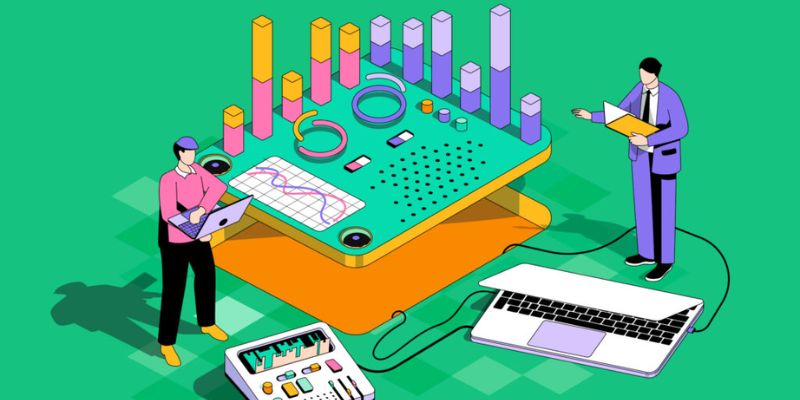
In today’s digital world, where users have countless options at their fingertips, standing out requires more than just functional design. Animation and motion graphics have emerged as powerful tools to elevate UI/UX design, turning static interfaces into dynamic, engaging experiences. When used effectively, animations can guide users, clarify functionality, and even strengthen brand identity. If you want to master the art of creating interactive and engaging designs, pursuing a UI UX Designer Course in Chennai can help you stay ahead in this competitive field. But first, let’s break down how animations and motion graphics can transform user experience.
1. Improving User Engagement
One of the biggest benefits of using animation in UI/UX is its ability to capture and retain user attention. Static designs can feel lifeless, but subtle animations breathe life into the interface, encouraging users to explore further.
For instance, animations can:
- Highlight important buttons like calls-to-action.
- Create visual interest during page loads with engaging spinners or progress bars.
- Draw attention to new features or sections of a page.
These small additions enhance the user journey and make navigation intuitive.
2. Enhancing User Feedback
Feedback plays a crucial role in improving user interactions. Animations offer immediate and visual confirmation for user actions, which helps reduce uncertainty and frustration.
For example:
- When users click a button, a ripple animation indicates the action has been registered.
- After submitting a form, a success checkmark animation reassures users.
- Hover effects on clickable elements help users understand their interactivity.
These motion cues make interactions feel smoother and more responsive. By mastering these elements through a UI UX Course in Bangalore, you can create polished designs that delight users.
3. Creating Visual Flow and Hierarchy
Animations are incredibly effective in guiding users through an interface by establishing a clear flow. Motion can subtly direct attention to the most important parts of a page, helping users focus on specific actions or information.
Some common examples include:
- Smooth scrolling animations to transition between sections.
- Micro-interactions like hover zoom-ins for images.
- Sliding transitions for navigation menus.
By creating a natural visual flow, animations enhance usability and make interfaces feel intuitive.
4. Simplifying Complex Information
Motion graphics are an excellent tool for simplifying complicated processes or data. Whether it’s onboarding new users or explaining how a product works, animations can convey information in a way that is clear and easy to follow.
For instance:
- Animated tutorials can guide users step-by-step through an app or website.
- Motion graphics can break down complex workflows into engaging visuals.
- Transitions can highlight changes, like a dropdown opening or a form expanding.
These animations make learning and interacting with a product far more accessible, ultimately improving the user experience. If you want to dive deeper into visual storytelling through design, Graphic Design Courses in Bangalore provide practical training on creating compelling animations for UI/UX.
5. Building Brand Identity
A consistent animation style can reinforce a brand’s identity and leave a lasting impression on users. Brands like Slack and Google are known for their delightful micro-interactions, which reflect their fun and user-friendly personalities.
By incorporating animations like:
- Custom loading screens,
- Logo animations, and
- Unique micro-interactions,
6. Reducing Cognitive Load
Animations can reduce the cognitive load on users by providing context and clarity. Rather than overwhelming users with too much information at once, motion helps break content into digestible chunks.
For example:
- Animated transitions show the relationship between pages or elements.
- Tooltips can fade in to provide additional information without cluttering the design.
- Buttons or icons can animate to indicate their purpose intuitively.
These small details help users process information effortlessly, ensuring they have a smooth and enjoyable experience.
Animation and motion graphics are no longer just decorative additions; they are essential components of modern UI/UX design. When used thoughtfully, animations can improve user engagement, simplify complex information, and build strong brand identities, ultimately making interfaces both functional and beautiful. If you’re looking to master such techniques, enrolling in Graphic Design Classes in Bangalore is a great step to explore the fundamentals of motion design and its role in UI/UX.